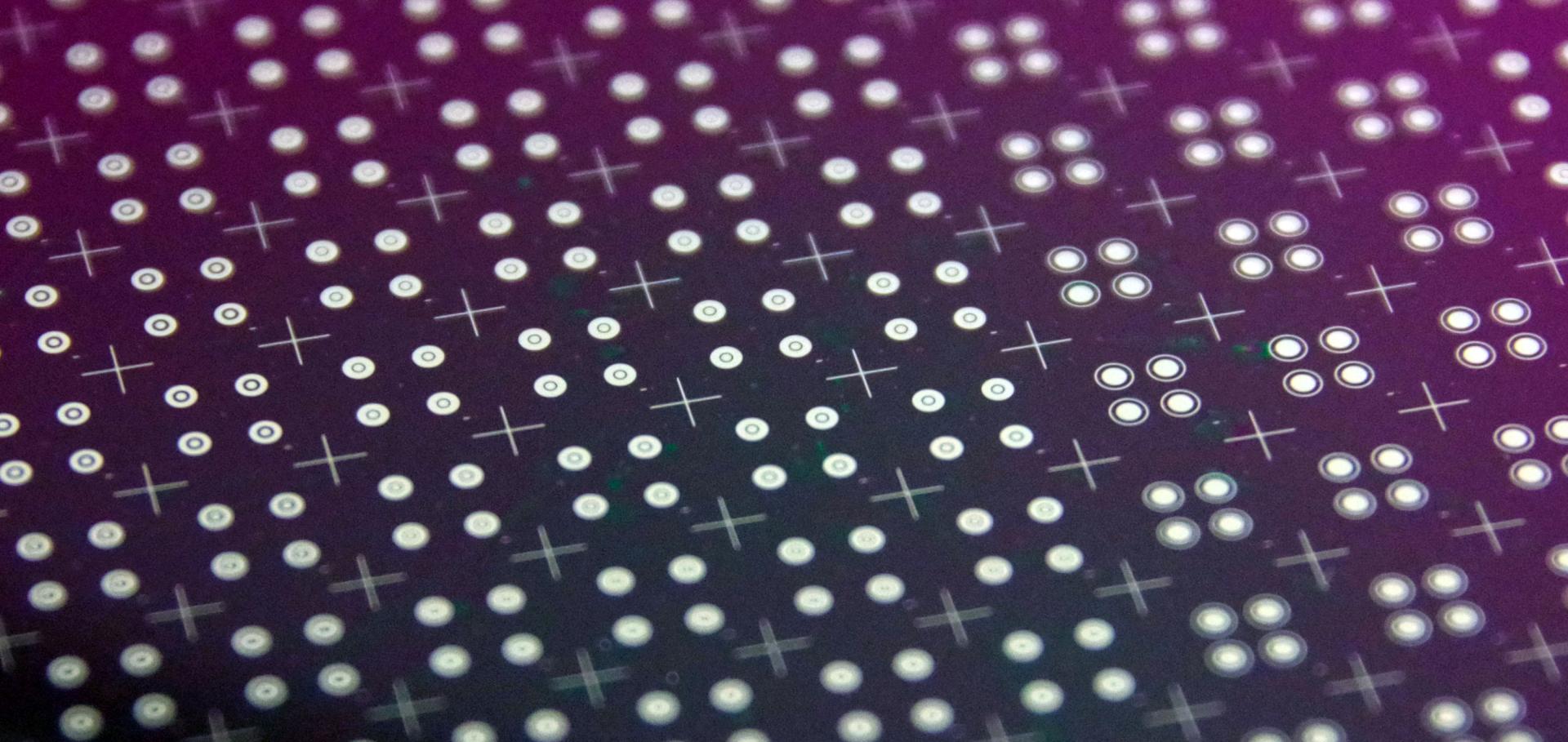Emulating two qubits with a four-level transmon qudit for variational quantum algorithms
(2023)
The Variational Quantum Eigensolver: A review of methods and best practices
Physics Reports Elsevier 986 (2022) 1-128
Efficient characterization of qudit logical gates with gate set tomography using an error-free Virtual-Z-gate model
(2022)
Multi-agent blind quantum computation without universal cluster states
(2022)
High coherence and low cross-talk in a tileable 3D integrated superconducting circuit architecture
Science Advances American Association for the Advancement of Science (AAAS) 8:16 (2022) eabl6698


